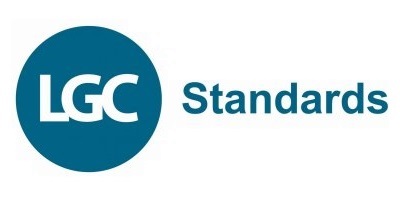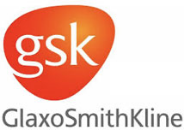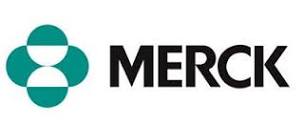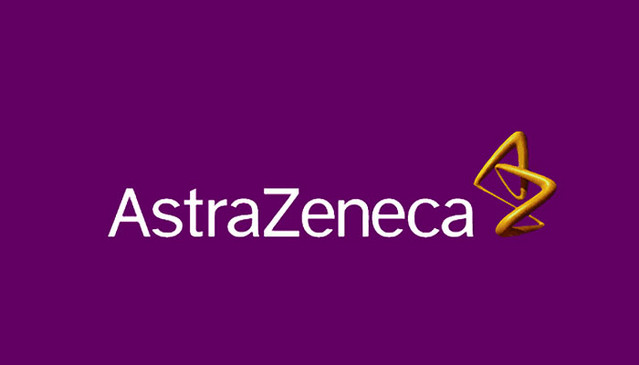What the Controlled Substances Act Means for Chemical Suppliers & Manufacturers
Every country has a published controlled substance list, but the named substances are only common examples. Analogues and defined chemical space around these substances are also covered, which causes headaches for chemical suppliers, manufacturers, and research chemists in figuring out what is actually controlled. It is a common misconception that small amounts or ‘research use’ is exempted, or that only named substances are controlled, however, both are generally not true. If a chemical is covered by these rules, even if not specifically named on the list, it is still considered controlled, and a license must be applied for storage, supply, or production.
Most pharmaceutical companies and pharmacies are acutely aware of the relevant controls affecting their business. But these same stringent rules apply to smaller-scale medicinal chemistry labs, researchers, and chemical suppliers, who may not be as familiar with the overarching legislation. Chemists may not know that strict regulations may apply to their reference standards or test compounds, for instance.
The other key issue posed by legislation like the Controlled Substances Act (CSA) is managing drastically varying regional substance controls. Controlled substance lists differ from country to country—even within closely aligned regions like Europe and the European Union. Within Europe, each country has its own laws and regulations. These differ from those in Canada, the US, the Asia-Pacific region, and so on. For example, the Misuse of Drugs Act 1971 in the UK and the CSA in the US do not contain all the same substances or definitions of controlled chemical space. Therefore, what is legal in the country of production might not be permitted where the order has been placed or the chemical is intended to be shipped to.
The approach taken in defining controlled substances in North America is also quite different from most European countries. So just following the rules of the CSA in the USA or Controlled Drugs and Substances Act (CDSA) in Canada will not ensure compliance in other countries and can subsequently create problems when chemicals are shipped. Controlled substance lists also regularly update.
How the Controlled Substances Act Impacts Chemical Suppliers & Manufacturers
Chemical companies are expected to ensure that substances comply with all the relevant regulations. There have been cases of clinical trials, including cancer research trials, which were severely impacted when the active ingredient was found to technically fall within the scope of controlled drug legislation in some countries. Chemical suppliers have also been prosecuted and fined for supplying milligram amounts for controlled substances accidentally or blacklisted by customers. So, it is important to know whether your chemicals constitute a controlled substance, bearing in mind that structural analogues and derivatives may be restricted under the CSA and related regulations.
In summary, the CSA can pose challenges if you are a business supplying chemicals. You must consider whether your chemicals fall within this regulatory scope.
Critical challenges include:
- Failure to identify and place controls on the substances that are used can result in fines, lawsuits, prison sentences and reputation damage.
- What is on a controlled substances list is not the same in every country, and the company needs to be aware of this before and during production, storage, and supply.
- There are generally no exemptions for small amounts in research and development (R&D) applications with a license required for use or supply.
- Identifying what actually is controlled. You cannot rely on name matching to lists as names differ between countries. Some may use full chemical names (3,4-methylenedioxy-methamphetamine) and others use abbreviations (MDMA). More importantly name matching won’t include analogues, derivatives etc.

How Can We Identify and Manage Our Controlled Substances?
At Scitegrity, we have developed software that will tell you if your chemicals are controlled against controlled drug regulations in over 28 countries around the world. Our Controlled Substances Squared (CS2) software is utilized globally by companies in the pharmaceutical and chemical industries, including five of the top ten pharma companies and specialist suppliers like Cayman Chemical and LGC Standards,
This can be done by simply typing in the name of a substance, providing a chemical structure, or drawing its chemical composition, and our software does the rest. Our software will tell you if and how a chemical is regulated and in which countries, even if its proprietary, including requirements such as all analogues, esters, ethers, salts, stereoisomers and controlled chemical space.
For more information about compliance with controlled substances, our Controlled Substances Squared software or Scitegrity, please contact us via the contact form or book a short call to find out more.
Trusted by our Clients











